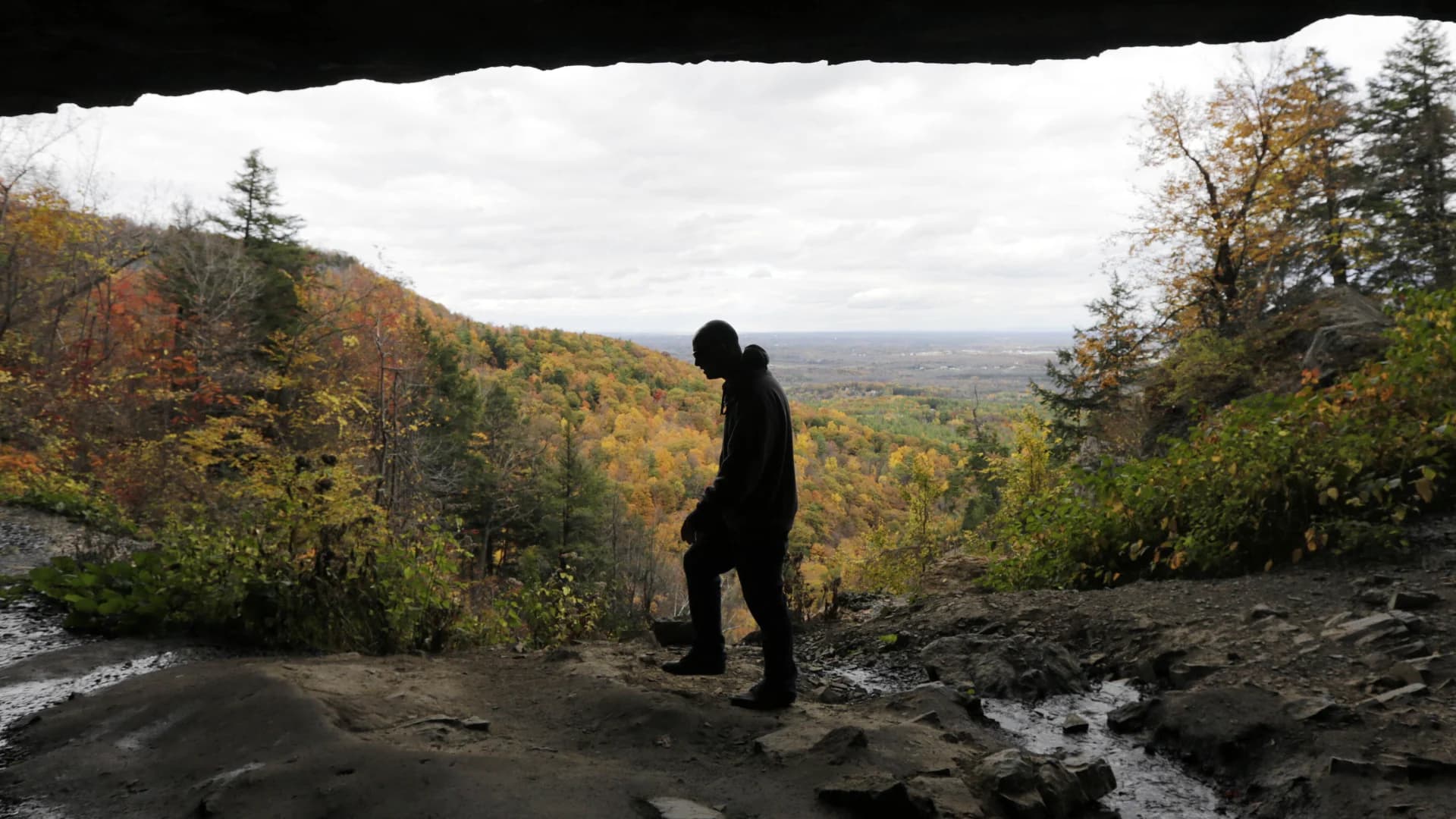More Stories

Are you ready to explore the great outdoors?
The tips below can help you stay safe while hiking:
1. Know your limits
Before going on a hike, ask yourself if you’re physically fit and able to do the hike. HERE find other questions the National Park Service recommends asking yourself before heading out.
2. Pick the right trail
Pick a trail that you and your group can successfully complete and enjoy safely. Check the details of the park on the website. The NPS also recommends discussing your plans with your health care provider if you have any medical conditions.
3. Leave a trip plan
Complete a trip plan that details where you will be walking or hiking, your contact information, when you plan to arrive and return, and who is coming with you. Leave this information with a trusted friend or family member that is not going on the trip with you.
4. Have an emergency plan
Develop an emergency plan for what to do if you or your hiking companions become lost or injured.
5. Stay on the trail
Your odds of encountering a risky obstacle go up when you step off the path.
6. Weather
Check the weather before you head out on your hike. If conditions in the park are not ideal, don’t take the chance!
7. Take breaks often
Part of knowing your limits is to pay attention to how you are feeling when on the trail. A good rule of thumb is that if you can talk while you are walking, you are traveling at the perfect speed.
8. Water
The NPS recommends drinking about one-half liter to one liter per hour while active outdoors. While you can bring all your water with you (especially on a short hike), if you want to save weight, find out if there will be places to refill your bottle with potable water and if there are any natural water sources along the trail.
9. Recognize poisonous plants
The old saying “Leaves of three, Let it be!” is a helpful reminder for identifying poison ivy and oak, but not poison sumac which usually has clusters of 7-13 leaves. If infected by poison ivy, clean skin with rubbing alcohol, and then with soap and water. Pets can also pick up poison ivy. HERE you can find a list of poisonous plants and how to recognize them.
10. Ticks
When going on hikes watch out for ticks. Ticks prefer thick undergrowth and tall grass. Ticks can carry Lyme disease and other infections. HERE you can find some tips to prevent tick bites.
If you find a tick attached to your skin, do you know how to remove it? Here are 6 steps from the CDC.
11. Mosquitoes
Mosquitoes frequent places with entrapped, still water, and can transmit West Nile virus. Avoid mosquito-friendly hours - like dusk and dawn. HERE you can find some tips to prevent mosquito bites and getting sick from viruses.
12. Bears
If you're hiking in an area known for bear sightings, be on alert. The NPS recommends that you keep an eye out for fresh tracks, scat, other signs (torn up logs, digging, fresh claw marks on trees), and carrion (carcasses) in the area. Check with individual parks to find out what kind of bears can be found in the park and if any areas are closed for bear management. HERE are more tips on bears.
13. Other wild animals
Here's a good trick when you see wild animals on the trail - the thumb trick. Hold your thumb up to the animal in your view, if your thumb can cover the entirety of the animal then you are likely far enough away. If you can't cover the animal in your view with your thumb, you are too close.
14. Sun and heat protection
More from News 12

Your New York City Halloween Photos
1:38

On Your Block: Prospect Lefferts Garden
1:37

Fall Back: News 12 is on your block exploring the East Williamsburg community
1:32

Slippery leaves. Dark roads. Prepare for fall driving risks with 17 safety tips
2:25

Daylight Saving Time ends. Here are some tips to help you ease into it.
0:25
